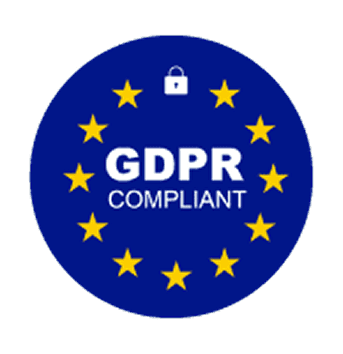Vitality initiatives that employees will actually join 🙌, how do you develop them?
You’ve come up with the perfect vitality initiative. You introduce it with great enthusiasm, but the response? A bit fewer sign-ups than expected. You wonder: what healthy habits would employees genuinely enjoy building together? What activities would they find fun? You’re not alone in asking these questions. Many HR managers struggle with making vitality initiatives feel like more than just an “HR thing.” How do you gather feedback without getting lost in a sea of responses? Discover how to create initiatives that truly resonate with employees and turn participation into an enthusiastic choice.
Time to read: 5 minutes
Start small with short and specific questions 📋
It’s easy to fall into the trap of wanting extensive feedback through long, detailed surveys. But employees may feel overwhelmed by lengthy questionnaires and hesitate to participate. Asking short, focused questions is often more effective and invites honest answers. For example, send a simple survey with questions like: “Which vitality initiatives appeal to you most?” or “What time of day fits best into your schedule for activities?”
This approach lowers the barrier to participation and makes it easier for employees to share their preferences. If you notice enthusiasm for a team yoga session or a walking challenge, you’ll know where their interests lie. With these steps, you lay the groundwork for successful initiatives and build trust for future projects. The result? A thriving vitality program that employees feel connected to from the start.
Turn feedback into a memorable story 📢
Feedback without follow-up feels like wasted effort. The power lies in transforming feedback into a tangible story. Nothing excites employees more than seeing their suggestions come to life. Share updates with your team after gathering feedback. This can be as simple as a short announcement: “Thanks to your ideas, we’re starting a weekly meditation session next month!”
Making this feedback loop visible motivates employees to participate more openly in the future. Keep sharing progress by telling stories about participation and the benefits people experience. Personal stories, such as an employee explaining how the new meditation session helps them start their day with more energy, make the impact tangible. This shift moves feedback from being a box-ticking exercise to a catalyst for action, creating a culture where employees feel valued.
Create space for spontaneous ideas 💡
Planned feedback sessions are valuable, but the best ideas don’t always arise in a structured setting. Sometimes the most brilliant suggestions come from informal conversations or spontaneous thoughts. Consider options like a digital suggestion box, a shared online document, or even a physical ideas box in the breakroom.
For instance, an employee chatting with a colleague during lunch might suggest organising a healthy cooking workshop. With an easy way to share such ideas, suggestions won’t go unspoken or forgotten. As the feedback loop becomes more fluid, employees learn that their input is always welcome, whether it arises from structured meetings or daily interactions. This ensures your vitality initiative continues to evolve and meets your team’s needs.
Make gathering input a habit 🔄
Feedback collection is often seen as a one-time task. To keep your vitality initiatives relevant, gathering input needs to become a regular habit. This doesn’t mean bombarding employees with weekly surveys, but scheduling quarterly reviews or short feedback moments during team meetings.
For example, you could send out a short questionnaire every quarter or add a feedback session to team discussions. Over time, this consistent practice builds a culture where employees expect to share their thoughts and see action taken based on their input. It shows that you’re genuinely invested in creating a workplace where everyone feels supported.
The takeaway? Involving employees in the development of vitality initiatives is key to their success. With short, targeted questions, feedback on their impact, spontaneous suggestions, regular feedback cycles, and broad team involvement, you create a workplace where health and engagement go hand in hand.




